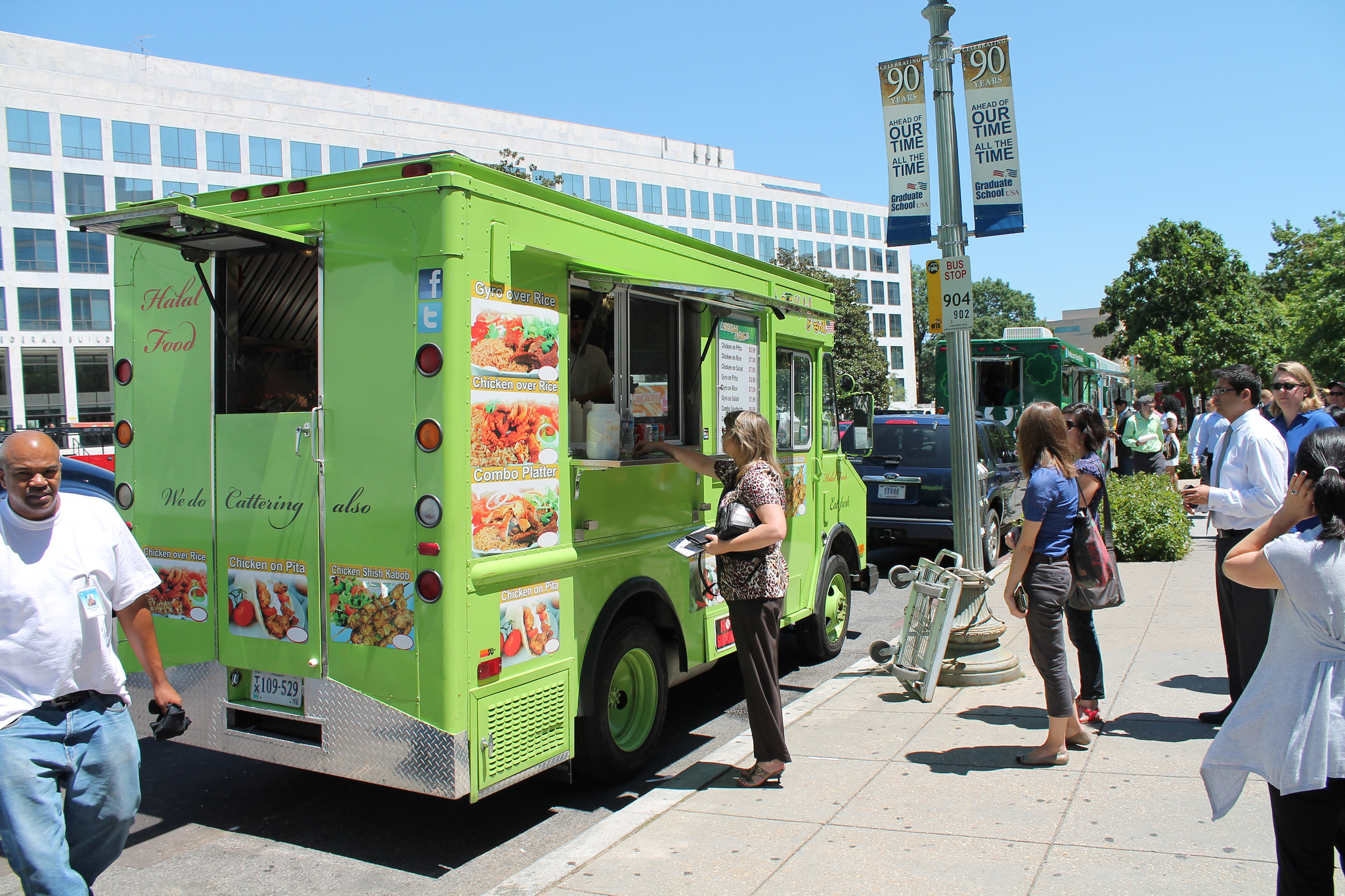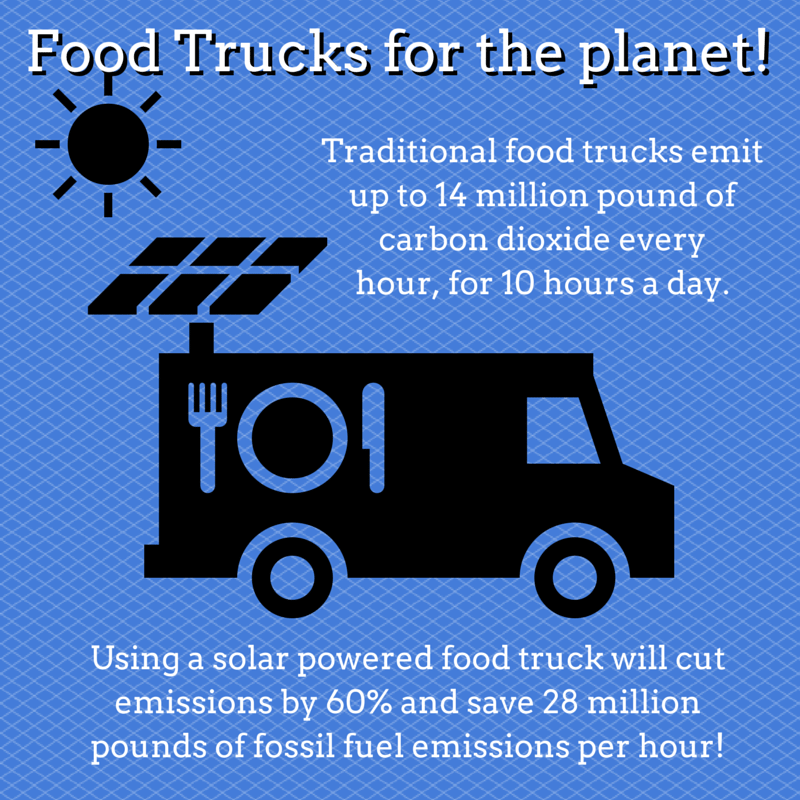Food Trucks: Next Big Step For Clean Environment?
New York’s decision to launch energy-efficient solar powered trucks onto the streets will help limit pollution from our well-loved food trucks.
Written with Alycia Mueller
With more and more Americans turning to food trucks for sustenance, emissions from these gas guzzlers is growing concern.

Photo by Elvert Barnes
So the question is, how can we keep and expand our well-loved food trucks, but limit their environmental impact? New York’s answer is to get its food trucks to go solar. The city has taken a huge step by launching an initiative to get 500 energy-efficient carts out on city streets by next summer. These carts will reduce emissions by implementing hybrid natural gas system along with solar energy. The pilot program will give food truck vendors the opportunity to lease carts for five years at little to no extra cost.
Food trucks have become increasingly popular over the past few years, with their revenue rising an average of 9.3% every year since 2010. [1] With budget-friendly meals on-the-go, it’s no surprise why Americans are choosing this four-wheeled kitchen over a meal at a standard sit-down restaurant. In 2012, there were an estimated 3 million food trucks in the United States. And while they have proven to be more efficient for the consumer, not so much for the vendors themselves, or the environment.

In a survey, food truck vendors were found often spending over $500 a month on gas: the lights and refrigeration systems in the trucks are powered by diesel generators, while a tank of propane is used to keep the grills warm.[2] Running sometimes up to 10 hours a day, this seemingly small contributor to air pollution is proving to make a big impact. Three million trucks running every day on fossil fuels adds over 14 million pounds of carbon dioxide to the atmosphere every hour, turning into hundreds of billions within a year.[4]
These carts are expected to cut fossil-fuel emissions by 60%, and smog-causing nitrous-oxides by 95%, according to EnergyVision in an independent analysis of the cart’s technology [1] . If this technology were to be implemented nation-wide, it could mean over 28 million pounds of fossil fuels spared from the atmosphere every hour. This is good news for the vendors too, helping them cut energy costs by up to 20 percent [2]
(1) http://www.ibtimes.com/food-trucks-nyc-ditch-diesel-go-solar-attempt-clean-citys-air-pollution-1917404
(2) http://www.foodbeast.com/news/there-are-about-3-million-food-trucks-in-the-u-s-can-your-truck-make-it/ (3) http://www.theatlanticcities.com/arts-and-lifestyle/2013/02/are-food-trucks-worse-environment-storefronts/4538/
(4) http://www.treehugger.com/green-jobs/which-are-greener-food-trucks-or-sit-down-restaurants.html


